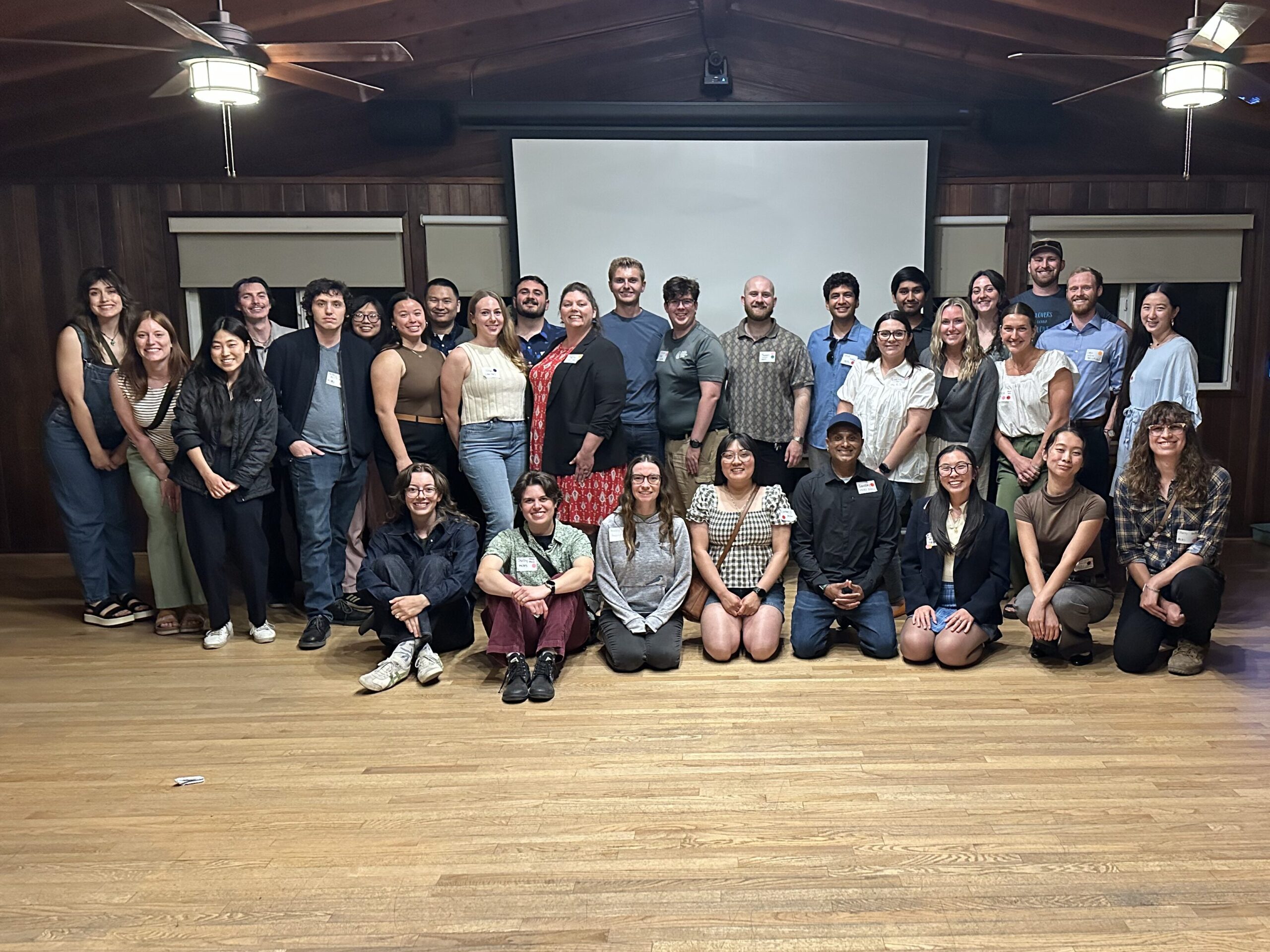Student Blog: Hailley Coleman
A New View of the Same World
Growing up in Seattle, Washington I was always surrounded by the word green. Whether that be descriptions of the thriving forests a 30-minute drive from downtown, the vast amounts of tall trees lining the city streets, or in reference to the city’s newest plans for eco-consciousness. I understood the differences between being vegetarian, pescatarian, and vegan before I started 1st grade. Every home in my neighborhood was supplied with a compost bin just as large if not larger than the trash bin, and each person knew exactly what to recycle, compost, and throw away. Seattle was one of the first cities to ban Styrofoam take-out boxes and to start charging for plastic bags at the grocery store. Eco-consciousness simply flows through the blood of Seattle’s residents. This is where I come from, and like many residents living inside the Seattle bubble, I was under the impression that we were no different from the rest of the country. That bubble was quickly burst when I moved to southern California and saw the busy six lane roads filled with cars and lined with strip malls, when the apartment complex I moved in to didn’t even offer an option to recycle, and especially when I learned about all the native species that used to inhabit the habitat long destroyed by Orange County developments. I felt like an alien in a new world. But was it a new world? Or just a side of my world I had never opened my eyes to before?
Destroyed Native Habitat Thirsting for Ecological Restoration
Seattle was and is certainly nowhere near a perfect sustainable city; it has major natural habitat loss and pollution like any other city but bursting that green and blue Seattle bubble was one of the best things that could have happened to me because it opened my eyes to the desperate need for change across the country. I felt determined to be a part of the change the world needs to make a positive difference, no matter how small.
Looking around Orange County I was struck by the lack of natural habitat for native plant and animal species and knew one thing for sure; ecological restoration work is the much-needed source of water for the parched California land. Anthropogenic climate change is increasing frequency, magnitude, and duration of droughts in California (Mann & Gleick, 2015). This has led to the state experiencing a record level drought, shortage in groundwater supplies, critically low streamflow, and enhanced wildfire risk (Diffenbaugh et al., 2015). One of the habitats in most need of ecological restoration in Orange County is coastal sage scrub (CSS). These landscapes are home to a diverse array of plant and animal species and are important to maintaining the ecosystem balance in southern California habitats (Minnich & Dessani, 1998). CSS cover has declined by over 50% in the past 80 years due to land-type conversion, invasive species, and clearing for agriculture and urbanization (Talluto & Suding, 2008). Increasing levels of drought, severe weather events, and increasing wildfire, all of which are the result of climate change, are also negatively impacting the health of CSS habitats (Keeley & Keeley, 1984).
Attempting to Be Part of the Change
The question I had to ask myself was what I can do to aide in the recovery of these habitats. I found the solution through the opportunities of my capstone research project. My research examines the success of seeds sourced from inland and coastal populations in restoration projects. The generalized idea of the project is that inland seeds may be more adapted to fluctuating drought conditions. If this is true, inland seeds can be used in coastal restoration projects to ensure the habitats’ success in future droughts. The data I collect from this research can potentially be used by restoration practitioners around California, and the main takeaways can be applied to restoration projects around the world. This is the best way I am able to make a change and improve the environment in some small way. We need people around the world to do their best to make changes in any way they can. If people can open their eyes to the detrimental effects of habitat destruction, pollution, excess waste, and anthropogenic climate change, maybe they will be inspired to make a change as well.
References
Diffenbaugh, N.S., Swain, D.L., & Tuoma D. (2015). “Anthropogenic warming has increased drought-risk in California”. PNAS. 122(13): 3931-3936.
Keeley, J.E., & Keeley, S.C. (1984). “Postfire Recovery of California Coastal Sage Scrub”. The American Midland Naturalist. 111(1): 105-117.
Mann, M.E. & Gleick, P.H. (2015). “Climate Change and California drought in the 21st Century”. PNAS. 112(13): 3858-3859.
Minnich, R.A. & Dezzani R.J. (1998). “Historical Decline of Coastal Sage Scrub in the Riverside-Perris Plain, California”. Western Birds. (29): 366-391.
Talluto, M.V. & Suding, K.S. (2008) “Historical change in coastal sage scrub in southern California, USA in relation to fire frequency and air pollution”. Landscape Ecology. (23): 803-815.



